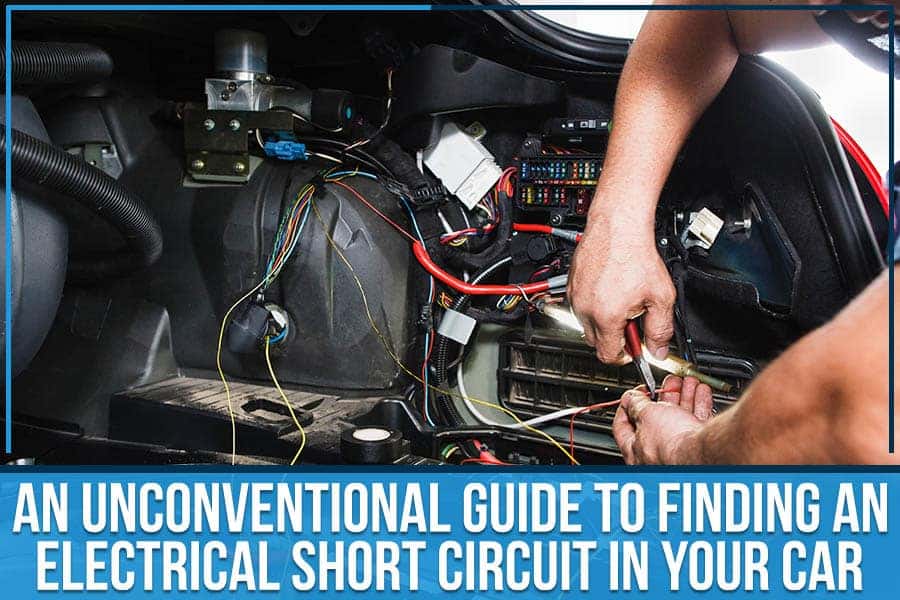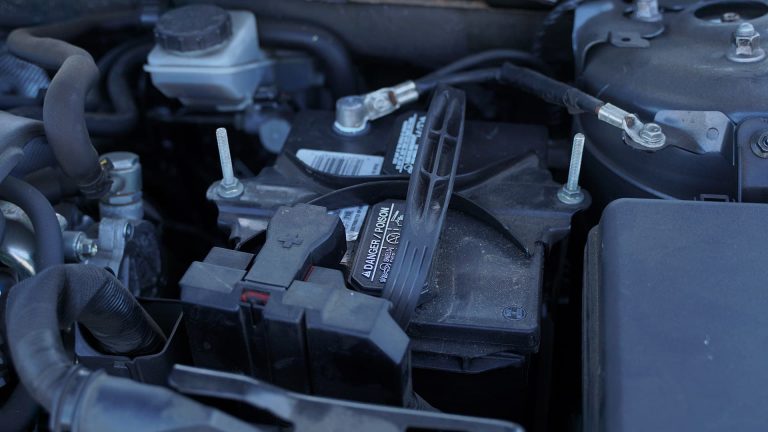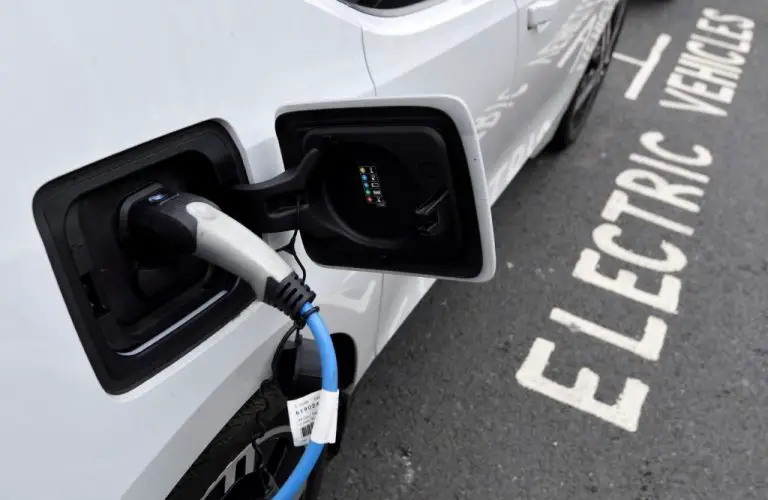How to Fix Electrical Problems in Cars : Ultimate Guide to Troubleshooting
Electrical problems in cars can be a major headache for car owners. Whether it’s a dead battery, faulty wiring, or a malfunctioning component, electrical issues can disrupt your driving experience and leave you stranded on the side of the road. However, with the right knowledge and tools, many electrical problems in cars can be fixed without having to take a trip to the mechanic. In this guide, we’ll discuss some common electrical problems in cars and how to troubleshoot and fix them.
Common Electrical Problems in Cars
Before we delve into the troubleshooting and fixing process, let’s identify some common electrical problems that car owners often encounter:
| Electrical Problem | Symptoms |
|---|---|
| Dead Battery | Car won’t start, dim lights, clicking noise when turning the key |
| Faulty Alternator | Battery light on dashboard, dim lights, strange noise coming from the engine |
| Blown Fuses | Specific electrical components not working, such as the radio, power windows, or dashboard lights |
| Bad Spark Plugs | Rough idling, poor acceleration, engine misfires |
Troubleshooting and Fixing Electrical Problems
Here are some steps you can take to troubleshoot and fix common electrical problems in your car:
1. Dead Battery
If your car won’t start and you suspect a dead battery, you can try jump-starting the car using jumper cables and another vehicle. If the car starts, you may need to replace the battery. Ensure that the battery terminals are clean and tight. If the problem persists, it could be a faulty alternator that’s not charging the battery properly.
2. Faulty Alternator
If you suspect a faulty alternator, use a multimeter to test the battery voltage with the engine running. A healthy alternator should produce a voltage of around 13.8 to 14.2 volts. If the voltage is lower, the alternator may need to be replaced.
3. Blown Fuses
If specific electrical components in your car are not working, such as the radio or power windows, check the fuse box for any blown fuses. You can visually inspect the fuses or use a multimeter to test their continuity. Replace any blown fuses with ones of the same amperage.
4. Bad Spark Plugs
If you’re experiencing rough idling, poor acceleration, or engine misfires, it could be due to bad spark plugs. Remove the spark plugs and inspect them for signs of wear or fouling. Replace the spark plugs if necessary, following the recommendations in your car’s manual.

Credit: www.scottrobinsonhonda.com
When to Seek Professional Help
While many electrical problems in cars can be fixed with some DIY troubleshooting, there are instances where it’s best to seek professional help. If you’re not confident in your automotive repair skills, or if the issue is more complex, it’s wise to take your car to a qualified mechanic or auto electrician. They have the expertise and tools to diagnose and fix electrical issues accurately.
Conclusion
Electrical problems in cars can be frustrating, but with the right approach, you can troubleshoot and fix many issues on your own. By understanding common electrical problems, performing basic diagnostics, and knowing when to seek professional help, you can keep your car’s electrical system in top shape and enjoy a trouble-free driving experience.
Remember to always prioritize safety when working on your car’s electrical system, and if in doubt, consult a professional.



